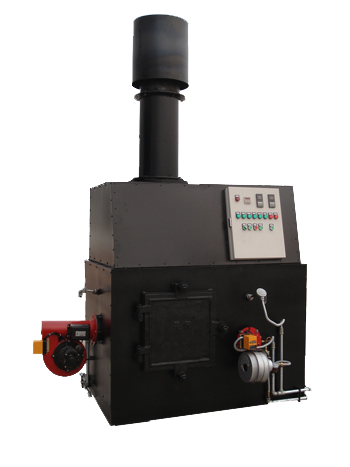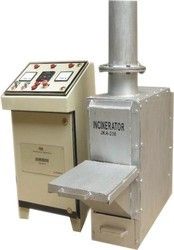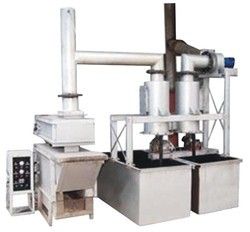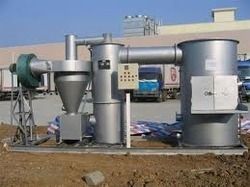Bio Medical Hospital Incinerator
Product Details:
X
Product Description
The bio-medical waste Incinerator is one of the treatment and safe disposal of the bio-medical waste generated from the hospitals, veterinary facilities, medical research facilities etc. These wastes include both infectious medical wastes as well as non-infectious, general housekeeping wastes. Bio-medical incinerator stack emission standards which include for residence time of two sec.
in secondary chamber.
Incineration and other high temperature waste treatment systems are described as thermal treatment or destruction process. Incineration of waste materials converts waste containing
elements of carbon, hydrogen, oxygen along with presence of other elements such as nitrogen, sulphur, chlorine and pathogens etc., can be destroyed completely by oxidation process using
auxiliary fuel producing benign gases (flue gases) such as carbon dioxide, water, and nitrogen and some acidic gases such as oxides of sulphur, nitrogen, acids and other toxic gases such as
heavy metals, Dioxins & Furans etc. as well as solid form of ash, depending upon waste constituents of the waste and performance of incineration system.
Specifications:
- Combustion efficiency 99%.
- Combustion Chamber : Dual Chamber
- Temperature of primary chamber is minimum of 800 C and the secondary chamber is
minimum 1050 C + or - 50 C.
- The secondary chamber gas residence time at least two seconds.
- Capacity: 5 / 10 / 20 / 25 / 50 / 150 / 200 / 250/ 500 Kg/Hr.
- Air Pollution control device
- Wastes to be incinerated are not chemically treated with any chlorinated disinfectants.
- Ash from incineration of biomedical waste is disposed of at common hazardous waste treatment and disposal facility. However, it may be disposed of in municipal landfill, if the toxic metals in incineration ash are within the regulatory quantities
Power Requirement: Diesel, LPG/N-Gas, Electrical
Tell us about your requirement

Price:
Quantity
Select Unit
- 50
- 100
- 200
- 250
- 500
- 1000+
Additional detail
+91
Email
Other Products in 'Incinerators' category
"We deal all over World but our main domestic market is South India"
 |
EDUTEK INSTRUMENTATION
All Rights Reserved.(Terms of Use) Developed and Managed by Infocom Network Private Limited. |














